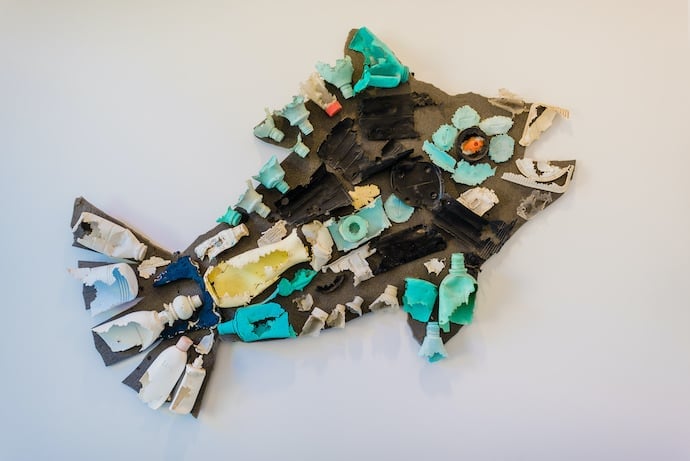The health of our oceans is crucial for the well-being of our planet—and every living thing on it. Thanks to outspoken environmentalist Greta Thunberg and others like her raising awareness of the pollution threatening marine life and delicate ecosystems, more people have begun harnessing our technical ingenuity to tackle this challenge.
Here are three cool ways technology is being used to help clean up our oceans and give our precious sea life a second chance.
The Seabin
The Seabin resembles a mix between a pool skimmer and a garbage can. Seabins get placed in marinas and harbors, where they use pumps to create a flow of water, slowly sucking in floating debris. So far hundreds of these aquatic rubbish bins have been deployed all around the world, from Sydney, Australia to Venice Beach, California. You may even see one the next time you head over to the beach.
The Ocean Cleanup Array
The Ocean Cleanup Array aims to combat ocean pollution on a massive scale. Developed by Boyan Slat, this system utilizes long floating barriers to collect plastic debris driven by ocean currents. The floating barriers look a bit like swimming lane guides you would typically see in public pools, except these are super special.
The floating barrier is dragged behind two boats creating an 800 meter(!) long and 3-meter-deep net to capture plastic waste floating near the surface of the ocean. What is smart about the design of this giant trash net is that, as it moves through the water, the trash slowly gets moved toward the middle of the net where there is a plastic collection area. So, there is no clogging and the net is a lot easier to clean. Brilliant, right?
WasteShark
WasteShark looks like a Roomba™ and a whale shark had a robotic drone child. The WasteShark is an autonomous aquatic drone designed to clean up rivers, lakes, ponds, and harbors. This robotic marvel cruises along the surface of the water following a predefined path, to collect up to one ton of floating garbage every day. And just like a robot vacuum, it has various ways of ensuring that it does not crash into anything like living creatures, boats—or other WasteSharks.
From the simplistic brilliance of the Ocean Cleanup Array to futuristic sea-life-inspired drones like WasteShark, technology is playing a vital role in cleaning up our oceans. By combining our creativity, innovation, and commitment to the environment, we can ensure a brighter future for our oceans and the generations to come.
But remember, there is still plenty of work to be done. So never be afraid to explore ideas that could help save our planet.
Learn More
Seabins Impact
Seabin Site
Will Sea Bins Save Our Oceans?
https://www.youtube.com/watch?v=ySp7HKD7jaw
Welcome to the Ocean Clean-up
https://www.youtube.com/@theoceancleanup
The Ocean Cleanup
Ocean Clean-up Demo
https://theoceancleanup.com/oceans/
The Waste Shark
https://www.youtube.com/watch?v=GweRxx8aJig
Meet the Waste Shark
https://electrek.co/2023/03/30/wasteshark-is-an-electric-catamaran-that-eats-plastic-in-the-water/

